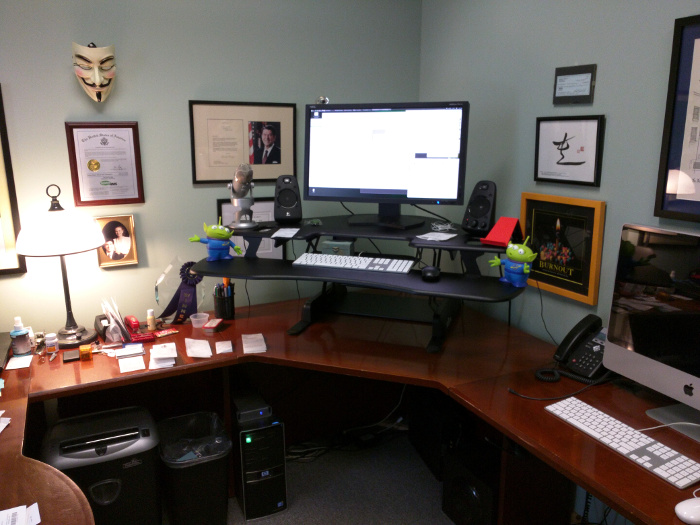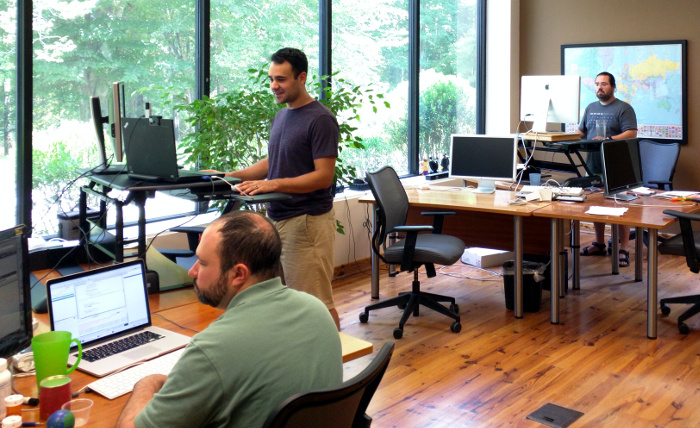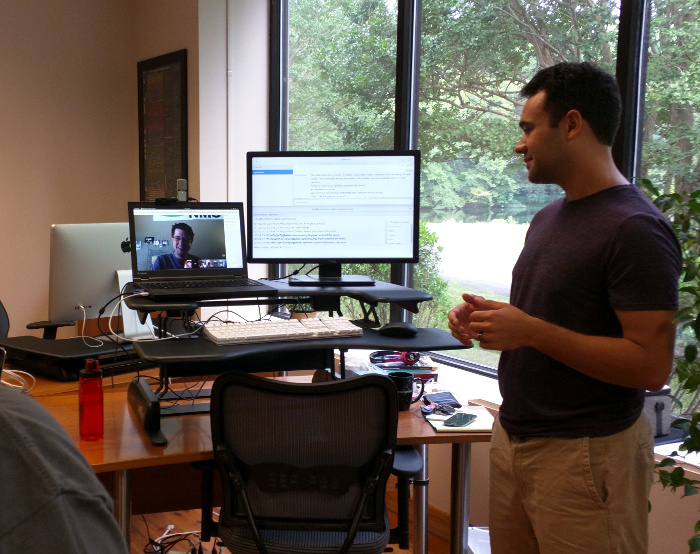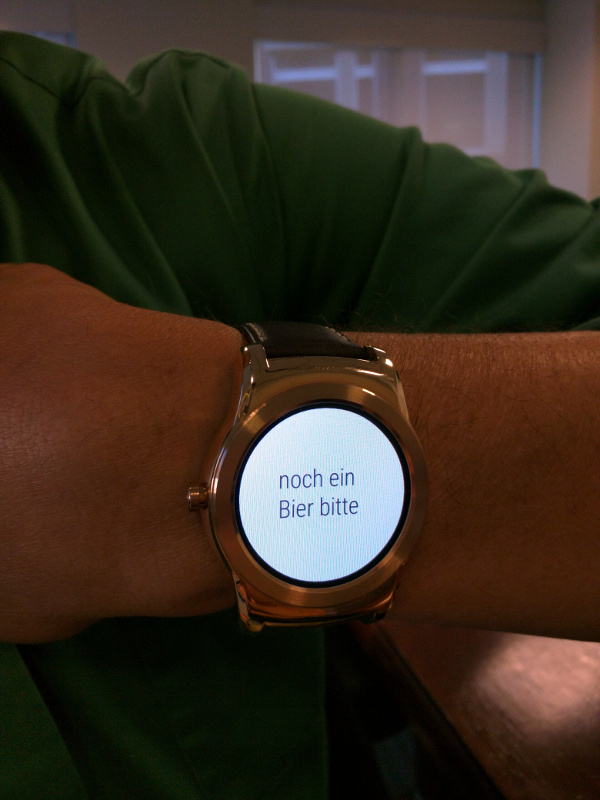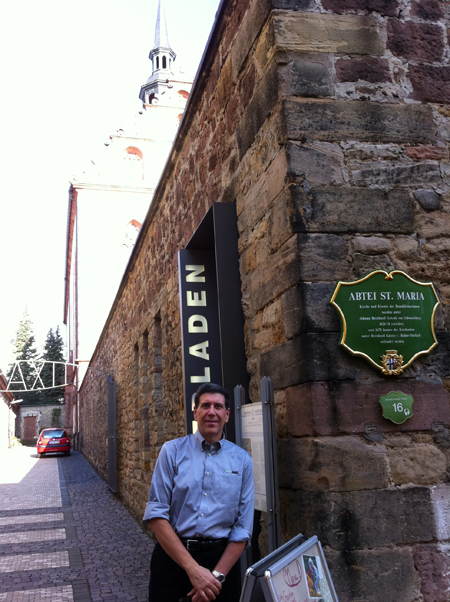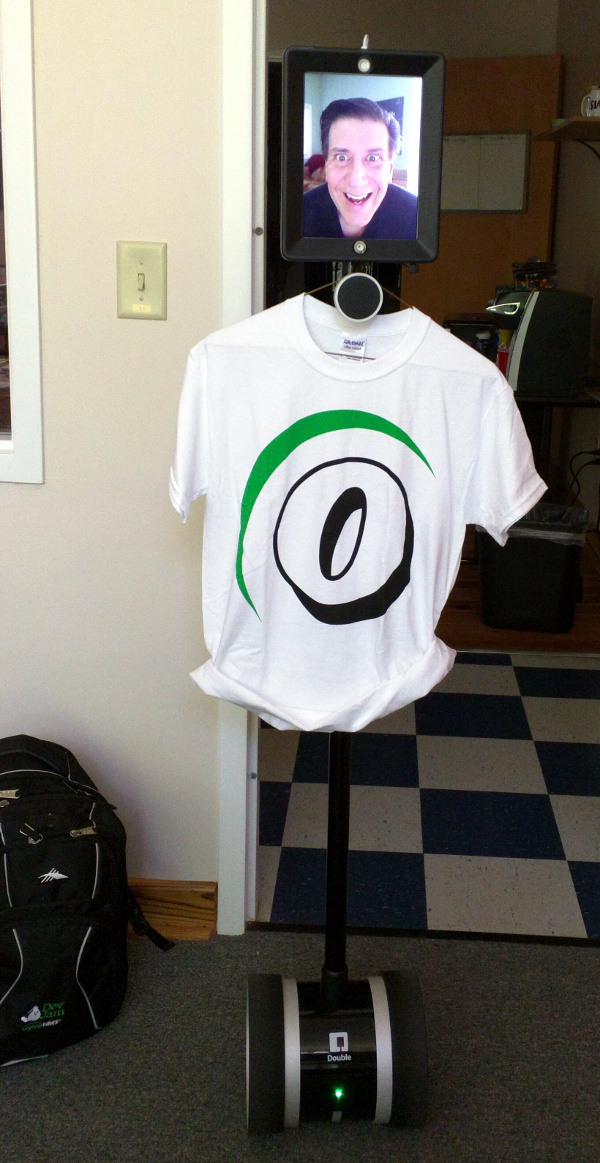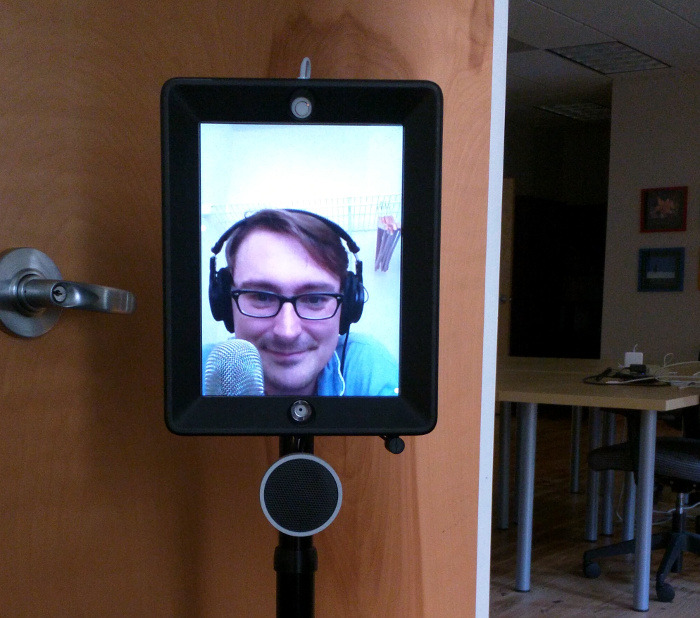The latest Bad Voltage show, episode 50, was titled “Automated”. It marked a milestone, fifty episodes is a lot and the gang deserves credit for making it that far, and I was surprised they didn’t talk about it. That’s professionals for ya, just another show.
TL;DR: I didn’t really care for this show that much. Now, to me, Bad Voltage is like sex: when it’s good, it’s really good, and when it’s bad, it’s still pretty good, so please don’t tear into me too roughly for not praising it (see how I got “rough sex” into your brain and into the search engines?). This episode was a little more navel gazing than normal. They revisited the Mycroft Kickstarter (and now on Indiegogo), and then moved on to an interview that I thought was unnecessarily brutal. Many geeks are not the most socially gifted people on the planet and being on a podcast, even one like Bad Voltage, can make them extremely nervous and anxious. Considering that this was supposed to be a friendly interview I found it a little painful. Then there was a home automation “Internet of Things” discussion that I found too high level than I would of liked, and the episode ended with Jono’s review of a standing desk.
The show clocked in at seconds under ninety minutes. There is a large variation in times for these podcasts, and I’m happy listening to the team for as long as they are willing to talk, but the shows I like the most seem to be a little more focused, regardless of the length.
This episode started off with the announcement of the birth of Bryan’s second child, a boy named Solomon. It is the main reason he won’t be joining us in person for next week’s live Bad Voltage show, but congratulations are still in order.
The first segment was a discussion of the Mycroft project, which is attempting to create an open source Siri-like digital assistant. Yes, they discussed this on the last show as well, and while the Kickstarter has ended they have an Indiegogo campaign going on as well. I am eager to see what comes of this, but not willing to fund it at the moment. The last time I funded something, the open source fitness Angel Sensor, they took my money and it’s now a year overdue. Not really complaining (if I were complaining I’d be upset that the first app they plan to release is iOS only) but it kind of burned me on these kinds of things.
Still a cool idea, and it may be possible to eliminate any privacy concerns I might have. I need to help out by offering to read some stuff on Librevox as Aq suggests.
The second segment was an interview with Chris Waid. It turns out that the FCC is unhappy that, with software defined radios, one can increase the power in such a fashion that it violates the broadcast license for the device. For example, you could extend your WiFi range using the same gear through software. They want to stop this, but the concern is that the easiest way to do this would be to lock down the firmware for these devices, which would rule out things like installing alternative firmware on your home router, or perhaps even running free software on computers and laptops, as access to the WiFi and Bluetooth chips could be prevented.
While I’m in the camp that this is more a poorly thought out proposal on the part of the FCC than the FCC trying to be malicious, there is a chance this could be a Bad Thing™ and we should take steps to prevent it. However, in their zeal to get to the meat of this problem the team went a little overboard on poor Chris. Even when a guy in the room with Chris tried to help out, the immediate thought was that Chris was being corrected by one of his own guys (which wasn’t the case). Sure, it would have been funny, but Chris just got more flustered and the message got lost.
Now I’m all for skewering the bad guys, although I prefer it be done nicely as in the style of Jon Stewart, but this wasn’t a bad guy. At worst he is overstating the threat a bit, but compared to some of the jewels the US government has put forth in the past concerning technology, overstating the threat is worse than understating it. They do apologize, somewhat, at the end of the show, but the whole segment made me a little uncomfortable.
There was a short segment by Jeremy, resident home automation geek, about a project to mount a tablet inside a bathroom mirror. Not sure if there is a killer app for such a thing, but I have been in hotels with TVs in the mirror so it has possibilities.
The third segment was a discussion of home automation and “The Internet of Things”. A lot of it involved discussing all of the competing protocols and solutions, to the point where Jeremy needs several different hubs just to talk to everything. At the moment it is more like “The Internet of Silos”.
I was surprised no one mentioned X10. Any one of my three readers remember this? It was a home automation protocol that worked by sending signals over the home electrical wiring. I once had tons of the stuff: light switches, controllers, even a device that you could stick under your analog thermostat to turn on the air conditioning. It worked by turning on a small heating element that would make the thermostat think it was hotter than it was. Plus, no cameras or microphones phoning home with who knows what information to third party servers.
Those were the days.
The last segment was Jono reviewing a standing desk he bought. Standing desks are all the rage now, and he wanted to try one out so he bought one by LIFT. We got a bunch of movable desks from Varidesk at the office, and I quite like them. I do agree with Jono that if you are serious about them you need a floor pad.
While it wasn’t my favorite BV, I did enjoy it. It’s not like I want 90 minutes of my life back ‘n all. They also didn’t mention the morse code message from the previous episode and I’ve been too lazy to find out what was up with that. I like little Easter eggs. Perhaps they should come up with a contest where each week clues are hidden in the podcast, and if you put them together you win a laptop or something else cool.
Remember, the next show will be Live at the OpenNMS Conference in Fulda, Germany. We still have a few seats left, and if the 5€ fee is an issue, please drop me a note. We can work something out, and there will be beer.

